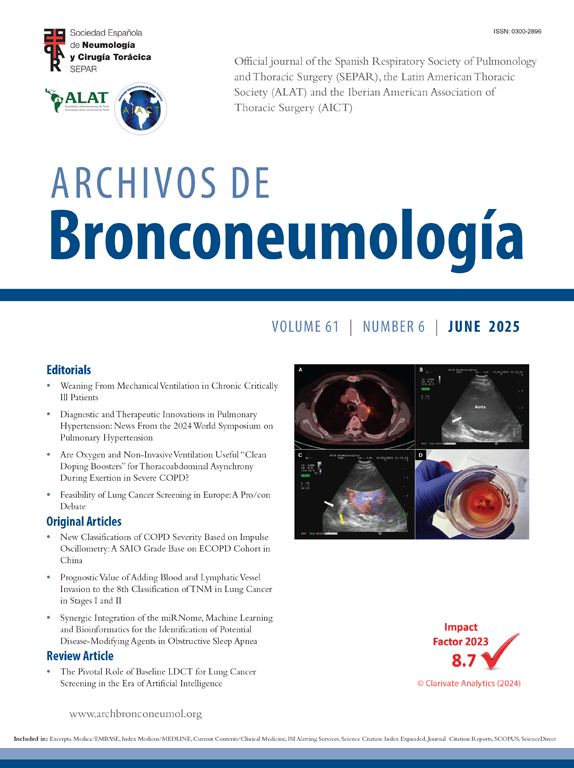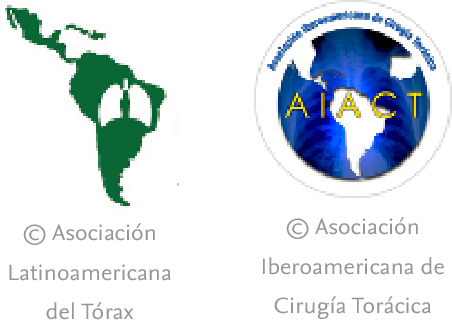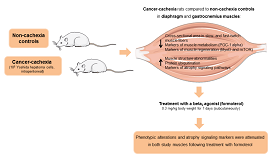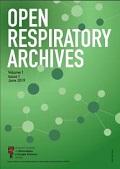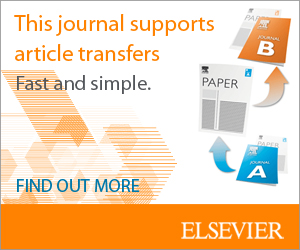Obstructive sleep apnea (OSA) is estimated to affect up to 1 billion people worldwide.1 Even when restricting this diagnosis to apnea-hypopnea index >15/h, where treatment is generally recommended, roughly half a billion people worldwide are affected. Notably, these numbers will continue to increase as the population gets older and more overweight/obese, as these factors are well known to be associated with the development of OSA.
However, not everyone that develops OSA is overweight or obese. In fact, current estimates suggest that roughly 60–70% of OSA patients are obese, leaving approximately 30–40% who are not obese. Thus, there is a considerable global burden of non-obese OSA. Interestingly, as our understanding of OSA continues to grow, it appears that OSA in non-obese individuals seems to present as a distinctly different disease compared to the typical patient with OSA and obesity. Here we aim to present our thoughts regarding this concept with a focus on four different domains: clinical presentation, pathophysiology, consequences and response to treatment.
From our own clinical experience as well as cluster analyses examining the phenotypes of OSA,2 non-obese patients with OSA may present as non-sleepy individuals who seek evaluation because of the complaints from a bed partner. These patients can be often overlooked as they do not meet the OSA stereotype of the ‘older obese male’. From a polysomnographic point of view, patients without obesity tend to have fewer desaturations than people with obesity, perhaps influencing disease consequences as well as the sensitivity of various diagnostic tests.
OSA is now recognized to be a multifactorial disorder caused by a combination of anatomical and non-anatomical endotypes.3 While compromised pharyngeal anatomy is the key driver in whether an individual will develop OSA, it is now recognized that the majority of patients also have additional non-anatomical endotypes (i.e. poor upper-airway muscle responsiveness, unstable ventilatory control [i.e. elevated loop gain] and a low arousal threshold [i.e. propensity to wake up]) that contribute to OSA.
To date there are limited data assessing the differences in the OSA endotypes in obese vs. non-obese patients. Most of the available evidence suggests a much larger proportion of non-obese patients experience a milder degree of anatomical compromise (i.e. a less collapsible airway) compared to patients with obesity.4 That said, anatomical factors can still be important even in people without obesity. For example, craniofacial structures such as micrognathia and retrognathia as well as certain races/ethnicities can predispose an individual towards airway collapse even without major excess body weight.
With respect to the non-anatomical endotypes, non-obese individuals appear to have better upper-airway muscle responsiveness, less unstable ventilatory control (i.e., low loop gain) and a higher prevalence of a low arousal threshold compared to obese individuals.5,6 Taken together, the limited data suggest that non-obese individuals develop OSA due to a combination of mild airway collapsibility and a low arousal threshold (although there are likely differences between genders4) which potentially helps explain the clinical presentation of shallow desaturations and frequent arousals. Nonetheless, as outlined above, studies on OSA pathogenesis in people without obesity are relatively sparse, emphasizing the need for further work in this area.
OSA is often defined by desaturations and arousals from sleep which can lead to the various health consequences associated with OSA. Of note, desaturations are more marked in people with obesity compared to lean individuals based on reductions in end-expiratory lung volume. This propensity for desaturation has led to the argument that desaturation-based criteria may lead to the preferential diagnosis of OSA in people with obesity. Marked desaturations may be a major contributor to OSA complications including cardiometabolic risk and thus some lean OSA patients may be at relatively low cardiometabolic risk. On the other hand, some experts have argued that OSA may be less relevant in severe obesity since cardiometabolic risk is high in these individuals with or without OSA. Key questions that remain are: (1) whether OSA in non-obese individuals (particularly those with shallow desaturations and mild OSA) necessarily requires treatment and (2) if treatment is required which therapy do clinicians offer? The consequences of OSA in lean individuals clearly requires further study.
Although first line treatment for OSA remains CPAP, CPAP adherence may be reduced in non-obese patients when compared to OSA patients with obesity. This finding in part may be driven by (1) the increased proportion of those with a low arousal threshold which predicts poor CPAP adherence and (2) the lack of perceived benefit after a trial of CPAP if the non-obese patients are non-sleepy at presentation.
Although data are still evolving, based on our existing understanding of the pathogenesis in non-obese patients, there are a number potential treatment alternatives (either existing or emerging) likely to resolve OSA in this group:
- •
Oral appliances have reasonable data as a second line option for OSA patients. These appliances have been repeatedly shown to be relatively ineffective in people with severe obesity i.e. more effective in those with mild collapsibility and low loop gain.7–11
- •
Upper airway surgery such as uvulopalatopharyngoplasty can be performed in carefully selected patients with OSA. Responders to this therapy tend to have lower BMIs and in a similar fashion to oral appliances, tend to have a low loop gain +/− mild airway collapsibility.12–14
- •
Hypoglossal nerve stimulation (HGNS) and daytime oral neuromuscular stimulation (ExciteOSA) have been shown in multiple studies to lead to improvements in OSA. However, most HGNS studies have restricted the treatment to maximum BMI of 32–35kg/m2. Registry studies have suggested that excess BMI may be a contributor to failure of the HGNS intervention. The ideal candidates for HGNS may therefore be OSA patients without obesity who have failed CPAP.
- •
Pharmacotherapy for OSA is an exciting area that is currently being evaluated in various contexts. One of the most promising pharmacotherapies is the combination of atomoxetine and oxybutynin, which tends to work better in people with mild collapsibility and lower AHI15 typically seen in those with lower BMIs. Although weight-loss drugs such as tirzepatide are another pharmacotherapy that has been shown to improve OSA in people with obesity, overweight (non-obese) or lean OSA patients were not included in these studies. Although overweight patients are still likely to benefit from weight loss, the magnitude of the improvement in OSA and concomitant improvement in cardiometabolic markers and patient reported outcomes are unclear.
The emerging evidence suggests that OSA in non-obese patients may be a unique disorder in multiple domains. Future research into the clinical phenotypes and physiological endotypes of lean OSA, as well as the consequences of the disorder and how it should be managed will be needed for a personalized medicine approach to these patients. Such efforts will benefit from a collaborative approach that involve partnerships amongst academics, clinicians/healthcare providers, patients and industry.
Conflict of InterestsDr. Malhotra reports income from Eli Lilly, Livanova, Zoll and Powell Mansfield. He is funded by the US National Institutes of Health ResMed gave a philanthropic donation to UCSD. Dr. Malhotra is cofounder of Clairyon (formerly Healciso) a small startup unrelated to this topic.

